They say old habits die hard. In the case of photography, old habits also detract from image quality, because things have changed since the days of film and darkrooms. So if you’re still shooting the way you did thirty years ago, you’re not making the most of your modern equipment.
Here are three analogue habits to shed:
1. The Sweet Spot of f/8
An aperture of f/8 used to be considered ideal for sharpness — stopped down enough to mask any lens flaws and not so tight that refraction becomes a problem. But modern optics offer great performance even with wide apertures. Frequently the sweet spot now is at or near a lens’s maximum aperture.
For example, the popular and inexpensive Canon EF-S 18-135mm f/3.5-5.6 kit lens is sharpest almost wide open, according to DxOMark, which runs objective, controlled tests. The $350 Nikon 50mm F/1.4D is sharpest around f/4. And the pro-grade Canon 70-200mm f/2.8L IS II is sharpest wide open at f/2.8.
So if you’re still shooting at f/8 for sharpness, you’re missing out.
2. The Reciprocal Rule
An old guideline warned not to shoot handheld below the inverse of the focal length: at 50mm, use a tripod below 1/50sec or so; at 200mm, below 1/200sec; and so on. But not any more. That rule doesn’t even give you the right ballpark, so wipe it from your consciousness.
On one hand, modern sensors with high megapixel counts extract so much detail that the reciprocal rule isn’t fast enough. If you want pixel-level sharpness, you’ll need much faster shutter speeds.
On the other hand — and more relevant for most shooters — modern image stabilization lets you get pretty sharp shots way, way beyond the reciprocal rule. Here’s a lion I photographed at dusk, at 1/13sec, handheld, even though my focal length was 142mm (227mm equiv.):
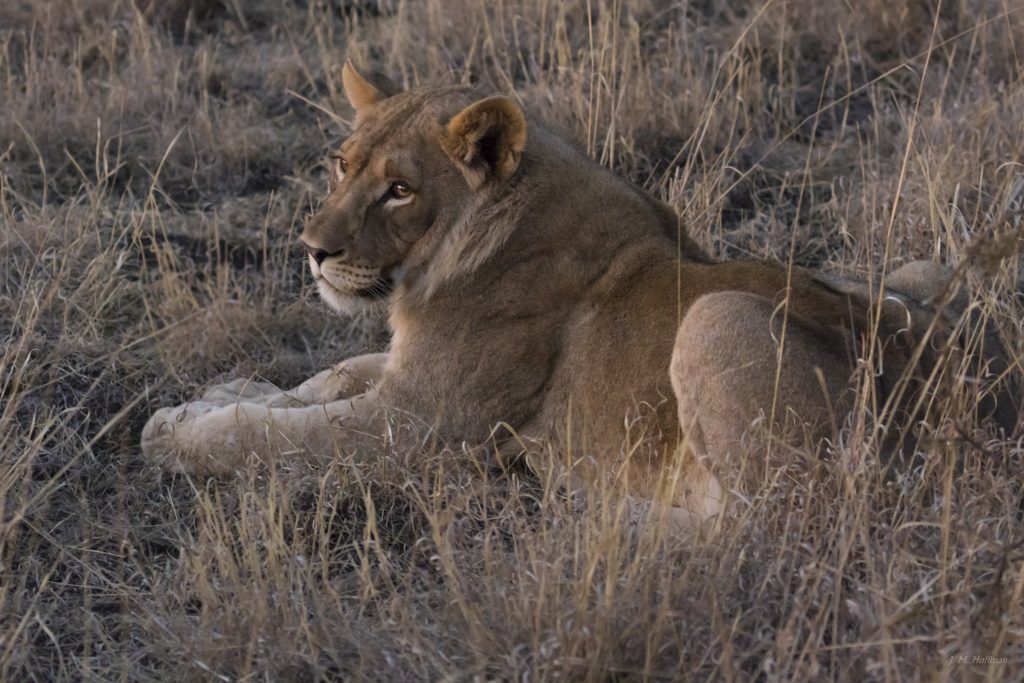
Here’s at frog, handheld at 1/80sec at 400mm (640mm equiv.):
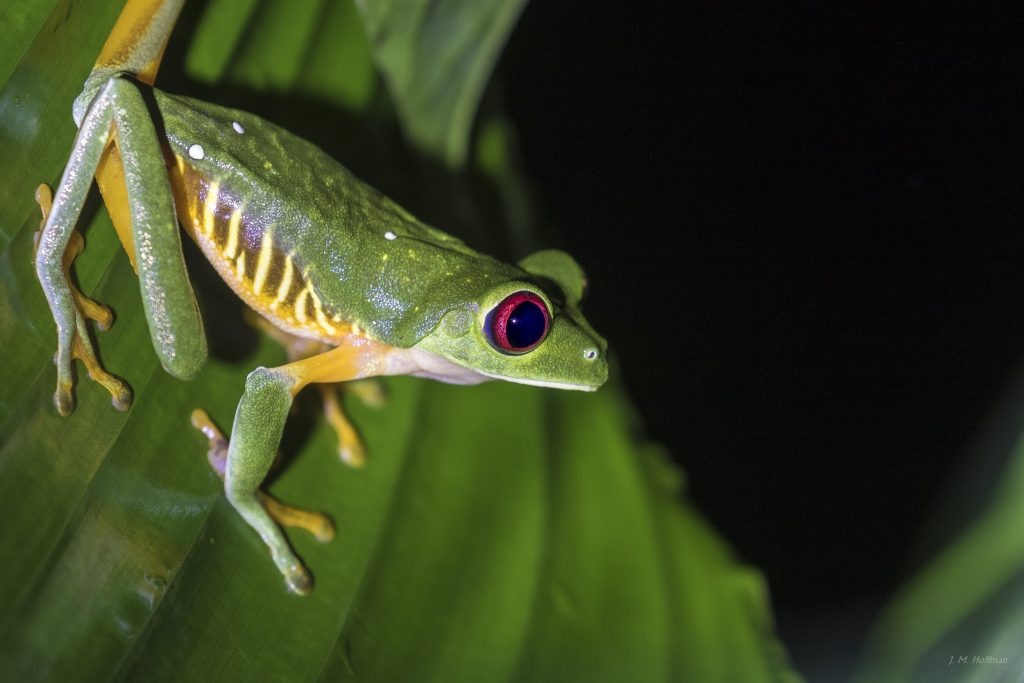
And here’s an owl we spotted after dusk in Africa:
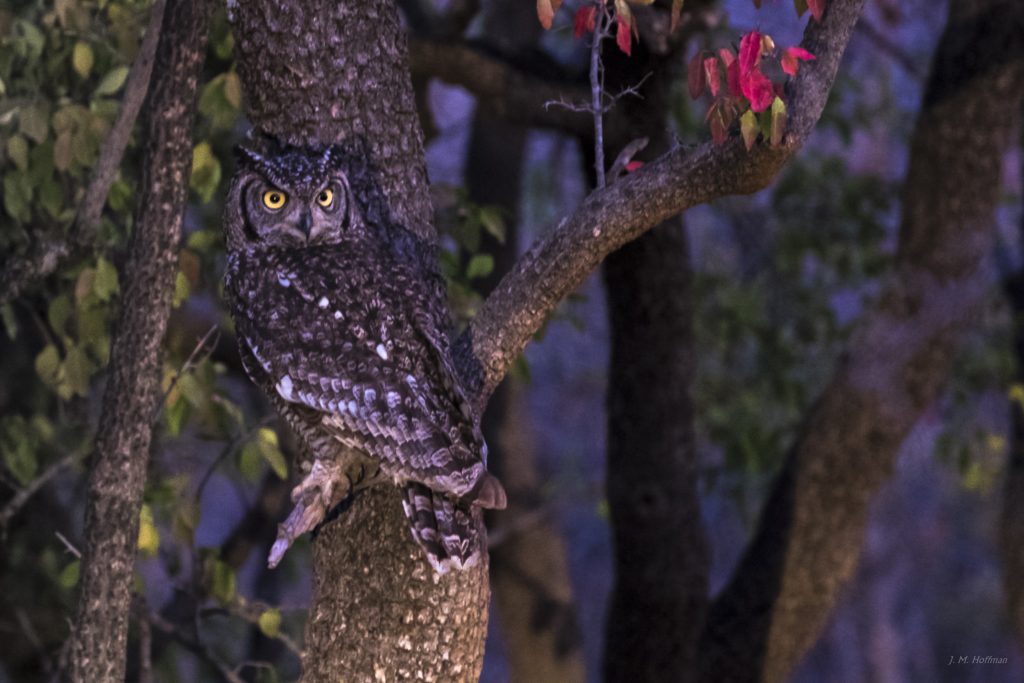
With the same equivalent focal length of 640mm I shot it at a mind-boggling 1/8sec! It’s not sharp, but I’m glad I gave it a try; it’s better than nothing, and way better than what I expected. Gone are the days when shooting handheld at 1/8sec was futile.
So free yourself of the old reciprocal rule. It’s holding you back.
3. High ISOs Are Too Noisy
Not all that long ago, ISO 400 was considered grainy and ISO 1600 was considered an exotic compromise between poor image quality and not getting the shot at all. (And ISO was called ASA.) Today even entry-level crop-sensor cameras like Canon’s Eos Rebel T7i go up to ISO 51,200; Nikon’s amazing D850 shoots up to about ISO 100,000.
Like shutter speed, this broad ISO range is a mixed blessing. While you can shoot practically in the dark, you do pay a price. On most cameras, ISO 1600 is noticeably grainier than ISO 400, even though ISO 1600 is only about midway to the highest setting.
Returning to the shots above, one reason the frog looks so sharp and clean is that I managed to get the ISO down to 400 (by dropping the shutter speed to 1/80sec). The image of the lion has less detail, at ISO 2000. And with the owl, I had to resort to ISO 6400.
So don’t blindly assume that you can’t go higher than ISO 1600. Equally, don’t think you get those higher ISOs for free. And especially because you can often use lower shutter speeds than you think, you may be able to get away with a lower, cleaner ISO.
In this regard cameras vary considerably. As a guide, newer and larger sensors do better than older, smaller ones; but different brands are also different. And the internal processing technology can make a big difference. So try out your own camera at different settings and see what works for you.
Putting It All Together
Combined, wider f-stops, more shutter-speed flexibility, and a better understanding of ISO can give you much, much better images. Instead of shooting at f/8, 1/500sec and ISO 6400, you can probably use f/4 and 1/125sec at ISO 400 for a much cleaner image that’s just as sharp. Or for maximum sharpness at high-megapixel counts, you can go with f/2.8 instead of f/8 and use a shutter speed that’s eight times faster. And even after dusk, you can still get usable images without artificial lighting.
This really is a great time to be a photographer.
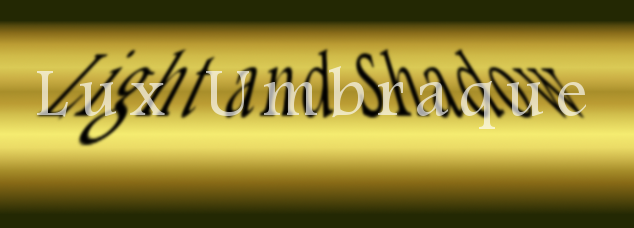



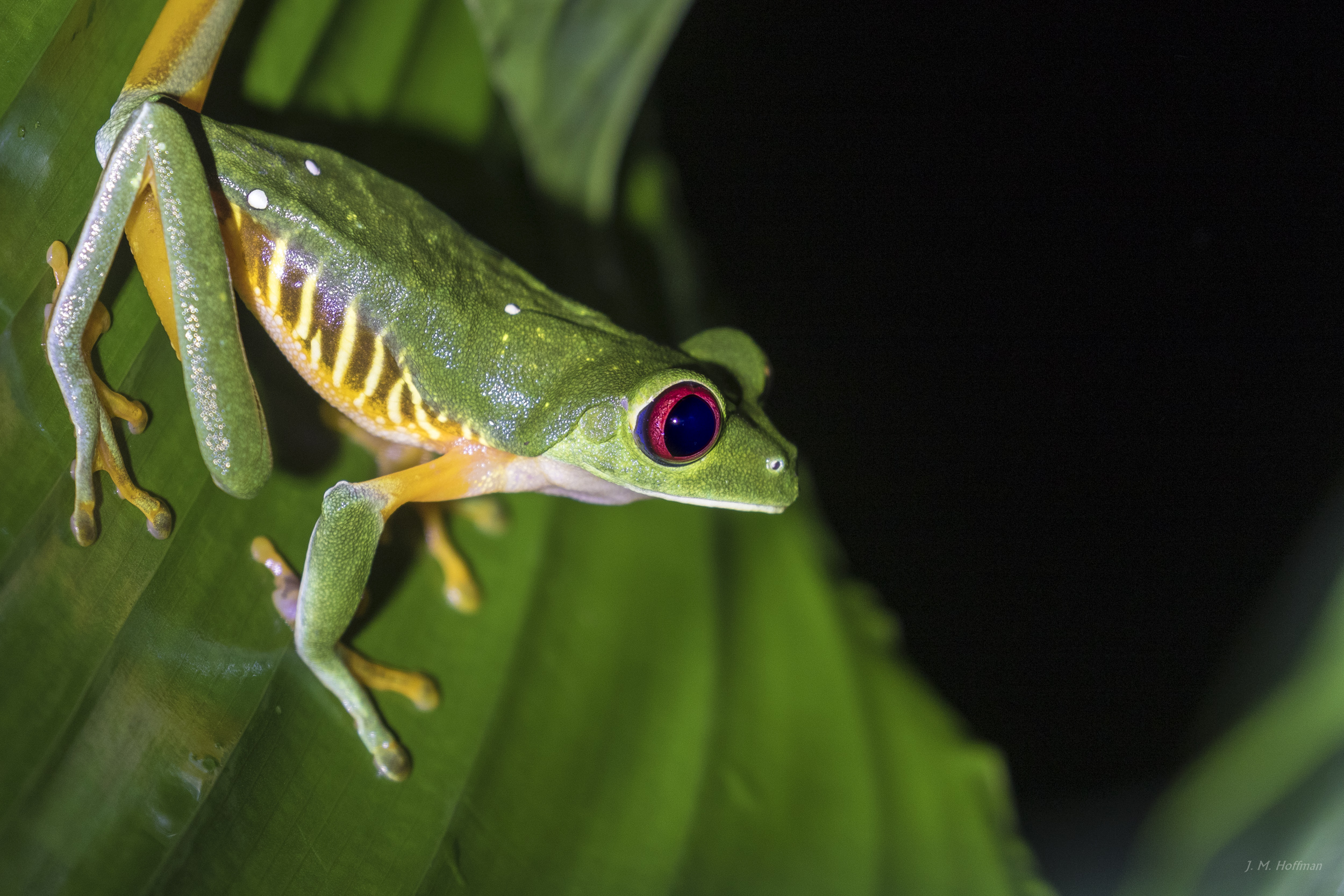
One thought on “Analogue Photography Habits You Should Shed in the Digital World”